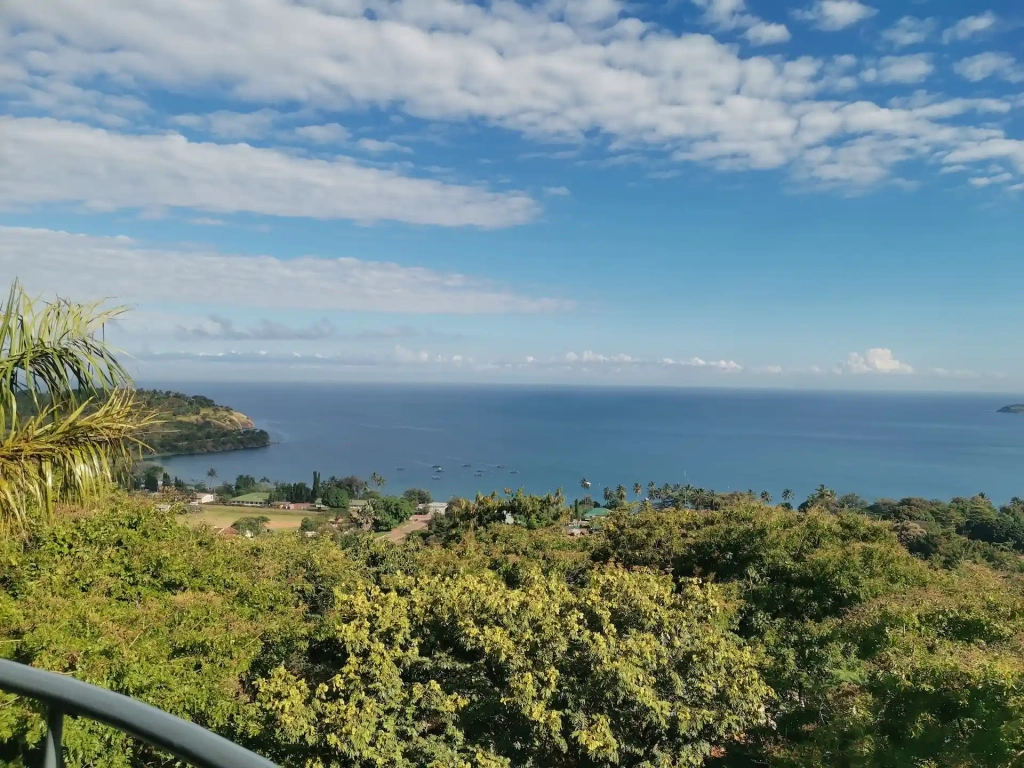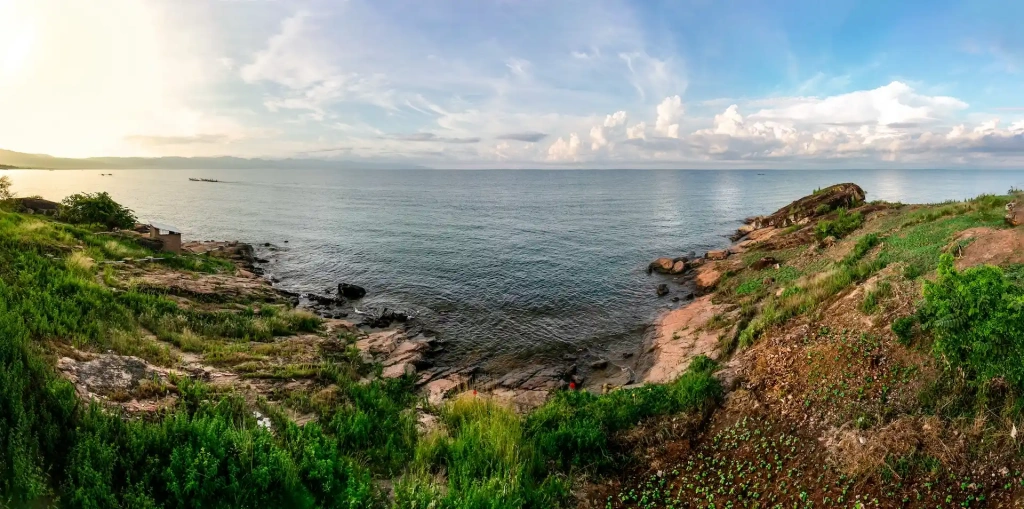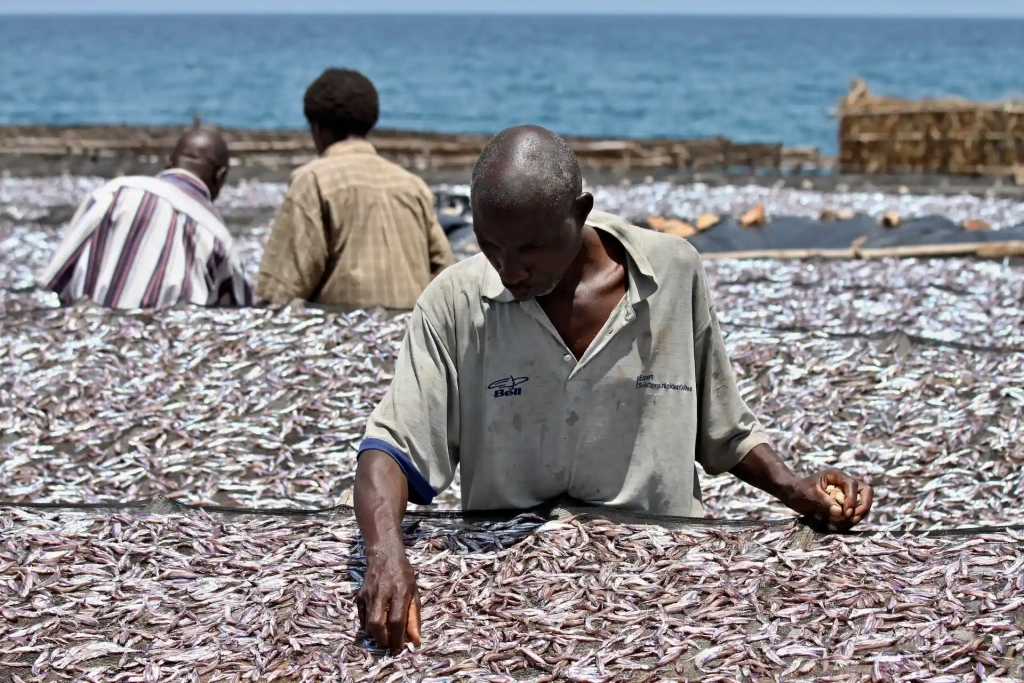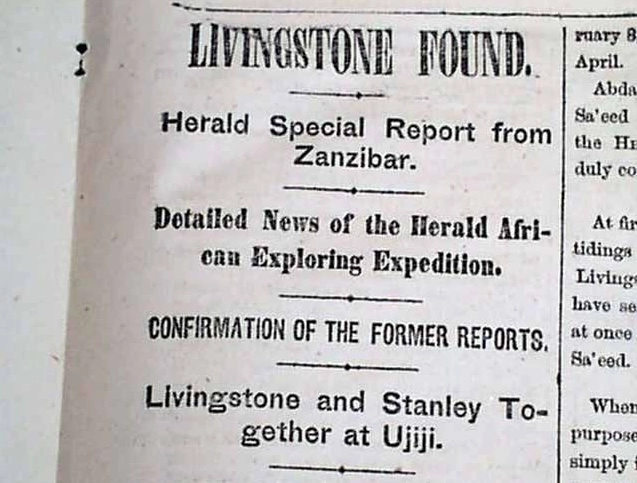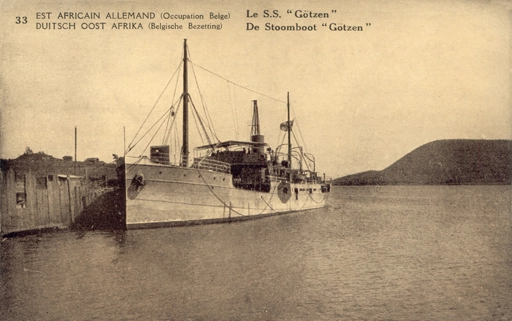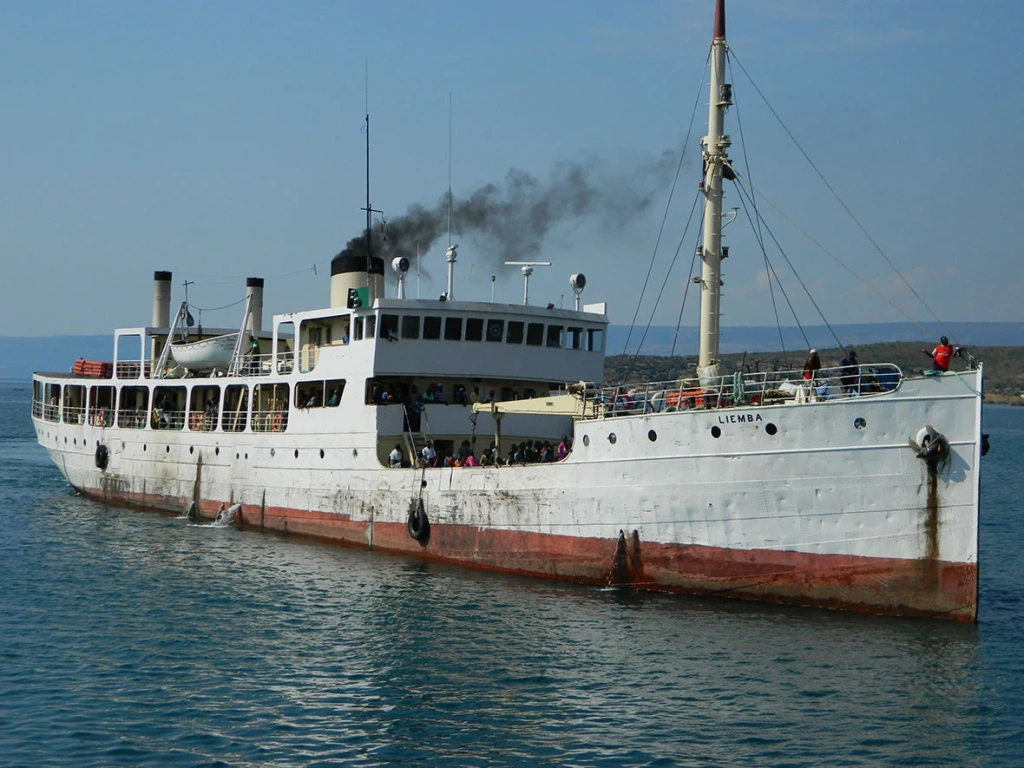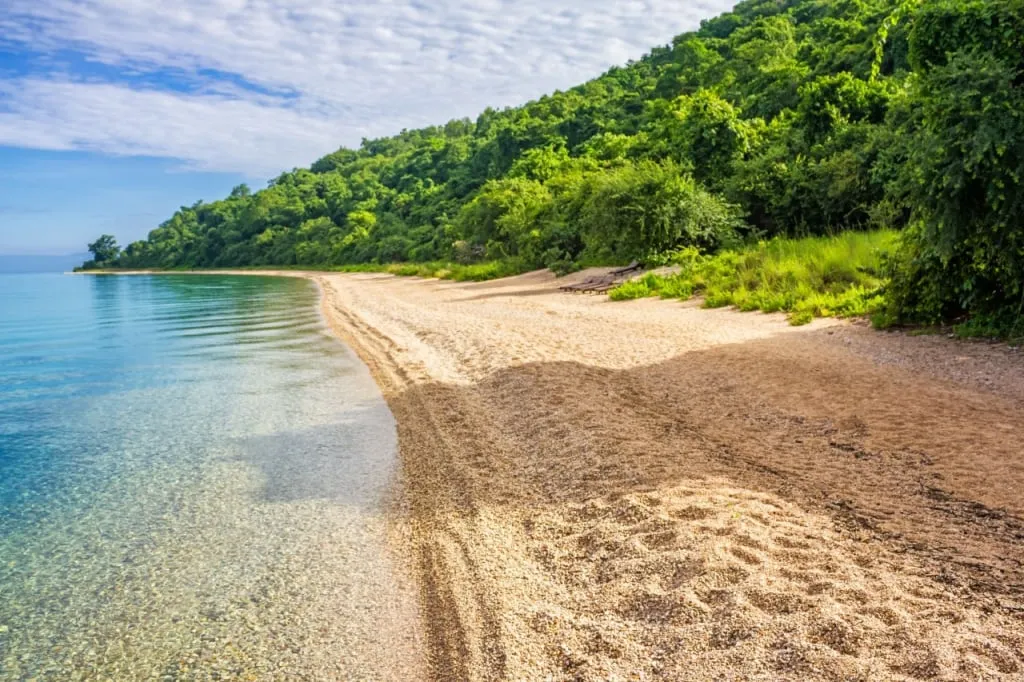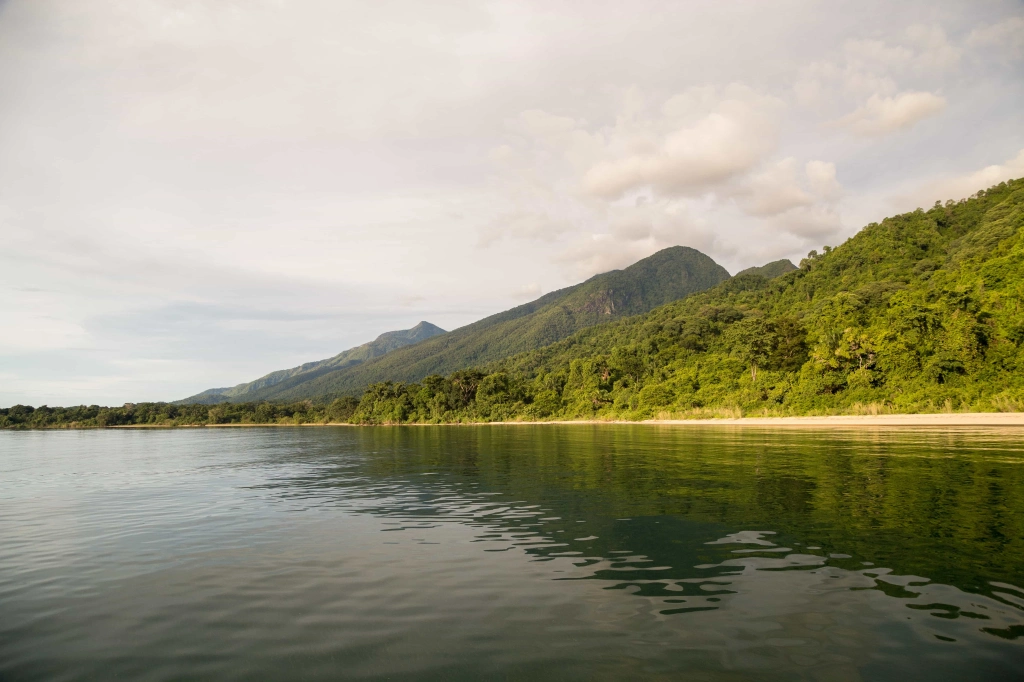Kigoma is a city and the administrative center of the region of the same name in western Tanzania, near the border with Burundi. It lies on the shore of Lake Tanganyika — Earth’s longest freshwater lake and the second deepest after Lake Baikal.
These lands recall the heavy footsteps of slave and ivory caravans, World War I bombings, pivotal scientific discoveries, and historic meetings. It was near here that the famous words “Dr. Livingstone, I presume?” were first spoken, and even today, the last ship of the German Imperial Navy still sails the lake after being raised from its depths. Read on for more about the history, natural wonders, and key attractions of Kigoma in this Altezza Travel article.
Before the arrival of Europeans, Kigoma was a major hub for caravan trade. In the early 19th century, Arab traders from Zanzibar used the Ujiji settlement (now a suburb of Kigoma) as a strategic base for slave trading and ivory exports. It marked the end point of the Central Trade Route, which stretched over 1,200 km (745 mi) from the coastal town of Bagamoyo on the Indian Ocean.
European explorers began focusing on this region in the mid-19th century. The first Europeans to reach Ujiji and see Lake Tanganyika were British explorers Richard Burton and John Speke in 1858. But Kigoma became world-famous for a different event—more on that shortly.
Lake Tanganyika
Lake Tanganyika is the world’s longest freshwater lake, stretching about 676 km (420 mi), and the second deepest after Lake Baikal. At some points, the depth reaches 1,471 meters (4,826 ft). Combined, this makes Lake Tanganyika one of the largest reservoirs of freshwater, accounting for up to 18% of the planet’s supply.
It stretches north to south along the East African Rift Valley, a zone of tectonic fractures, and forms a natural border between Tanzania, Burundi, the Democratic Republic of the Congo, and Zambia. About 1,000 fish species inhabit the lake, roughly a quarter of which are found nowhere else on Earth.
This is an ideal location for diving. Local hotels and tour operators offer gear rentals, but visitors should note one key detail: Lake Tanganyika sits at 773 meters (2,536 ft) above sea level. This makes them high-altitude dives, which require proper training.
Even without it, swimming or snorkeling in the coastal lagoons offers unforgettable encounters with the lake’s unique aquatic life. Caution is advised when choosing swim spots: hippos and Nile crocodiles live here, so remote, unmonitored beaches may not be safe. The lake also offers excellent opportunities for kayaking, canoeing, and sport fishing.
In February 2025, the four bordering countries launched a five-year project to combat threats to the lake’s biodiversity. Scientists are alarmed by a grim global statistic: over the last 100 years, freshwater species populations have declined by 84%. Human activity — pollution from wastewater, plastic, industrial waste, and overfishing — is to blame. With nearly 10 million people living around the lake and numbers growing, Tanganyika’s ecosystem is under increasing pressure.
“Through this transformative project, we are taking concrete steps to reverse biodiversity loss, promote sustainable fisheries, and restore the health of the lake for current and future generations,” said Sylvain Tusanga Mukanga, Executive Director of the Lake Tanganyika Authority.
Ujiji – the meeting place of Dr. Livingstone and Henry Stanley
Scottish explorer and missionary David Livingstone spent much of his life studying Africa. In 1869, obsessed with discovering the source of the Nile, he ventured into central Africa. Years went by without news from him, fueling rumors of his death. It was later revealed that his letters simply never reached Zanzibar, but his prolonged silence led many to believe he had vanished.
In January 1871, New York Herald journalist Henry Stanley was assigned to find him. Upon arriving in Zanzibar, he learned at the British consulate that Livingstone’s base camp was a hut in Ujiji. The journey took seven months, and by October–November, Stanley reached the lakeside village. Locals led him to the hut, where he found the ailing European. Approaching, he uttered the historic words: “Dr. Livingstone, I presume?” to which Livingstone nodded.
This meeting ended speculation about Livingstone’s fate and marked a milestone in the exploration of Central Africa. Ujiji gained worldwide attention, and by 1878, the London Missionary Society had opened a station there. Not long after, a monument to Livingstone and a small museum were established — both still active today.
Steamship Liemba: The Black Pearl of Tanganyika
The Liemba is not just a ferry — it’s a living monument, sailing Lake Tanganyika for over a century. Its story began in 1913, when the German government ordered a steamer to strengthen its position in German East Africa. Named Graf von Götzen, the ship was built in Germany, dismantled into thousands of parts, packed in crates, and shipped to Tanzania. From Dar es Salaam, the cargo was transported to Kigoma, where the ship was reassembled and launched.
When World War I broke out in 1914, the Graf von Götzen was quickly converted into a warship. Armed with cannons, it became the main military force on Lake Tanganyika. But by 1916, the tide had turned. Enemy forces advanced, threatening Kigoma and the ship. To prevent its capture, the Germans scuttled it in a unique way — filling it with sand and covering its engines in grease, hoping it could be recovered later.
The Belgians managed to raise it in 1918, but a storm in 1920 sank it again. After the war, Tanganyika came under British control. In 1924, the British salvaged and restored the vessel, reintroducing it in 1927 as the Liemba — a passenger and cargo ferry.
Today, the Liemba is the world’s oldest operating passenger ferry. Until recently, it continued to connect Tanzania, the DRC, and Zambia by water. In July 2024, the Tanzanian government handed it over to Croatia’s Brodosplit JSC and Dar es Salaam Merchant Group for major repairs, scheduled to last until July 2026.
Gombe Stream and Mahale Mountains National Parks
The Kigoma region is also home to two exceptional national parks — Gombe Stream and Mahale Mountains — famous for their wild chimpanzee populations and stunning landscapes.
Gombe Stream National Park is located about 15–20 km (9–12 mi) north of Kigoma. It is one of Tanzania’s smallest parks at just 70 sq km (27 sq mi). Despite its size, it gained global recognition in 1960 when primatologist Jane Goodall began her landmark study of chimpanzee behavior in the wild. Her discoveries revolutionized scientific understanding of primates.
Today, tourists have the chance to walk the very same trails that Jane Goodall did half a century ago and, while trekking through tropical forests, observe wild chimpanzees and other forest dwellers: olive baboons, red colobus monkeys, red-tailed and blue monkeys, as well as honey badgers, and a great variety of birds, reptiles, and amphibians.
Other activities include hiking through the mountains, kayaking along the shore, diving, sport fishing, visiting Mwamgongo village, and touring Goodall’s house.
Mahale Mountains National Park lies in the opposite direction — about 120 km (75 mi) south of Kigoma. It is named after the Mahale mountain range along Tanganyika’s shore. The park is much larger than Gombe, covering about 1,600 sq km (618 sq mi), and is home to one of the largest chimpanzee populations in the world, with up to 1,000 individuals.
Mahale is considered one of the world’s best places for chimp trekking. Trails are longer and more physically demanding than those in Gombe, but the reward is an immersive experience in Africa’s wild. In addition to chimpanzees, the park hosts many other primates and large mammals such as buffaloes, zebras, giraffes, antelopes, elephants, hippos, lions, leopards, hyenas, and jackals. The region also boasts incredibly diverse terrain, from dense mountain rainforests and bamboo thickets to scenic waterfalls and sandy beaches.
Quick facts about Kigoma
What is Kigoma known for?
Kigoma is a city and region in western Tanzania, located on the shore of Lake Tanganyika, the longest and second deepest freshwater lake in the world. It’s also the site of the historic meeting between explorer David Livingstone and journalist Henry Stanley, as well as the Gombe Stream and Mahale Mountains National Parks.
How to get to Kigoma?
You can travel by car/bus, train, or boat (from Burundi and Zambia), but the fastest and most comfortable way is by air. A flight from Dar es Salaam takes about 3 hours.
When is the best time to visit Kigoma?
The dry season, from June to October, is the best time. These months offer warm, dry weather ideal for wildlife viewing in the national parks and relaxing by Lake Tanganyika.
All content on Altezza Travel is created with expert insights and thorough research, in line with our Editorial Policy.
Want to know more about Tanzania adventures?
Get in touch with our team! We've explored all the top destinations across Tanzania. Our Kilimanjaro-based adventure consultants are ready to share tips and help you plan your unforgettable journey.















